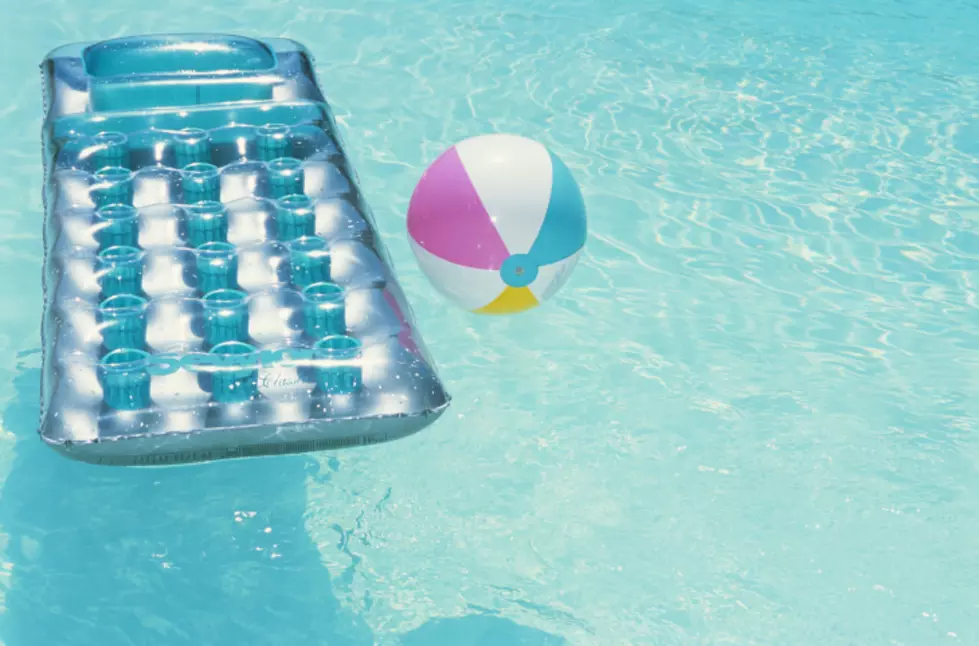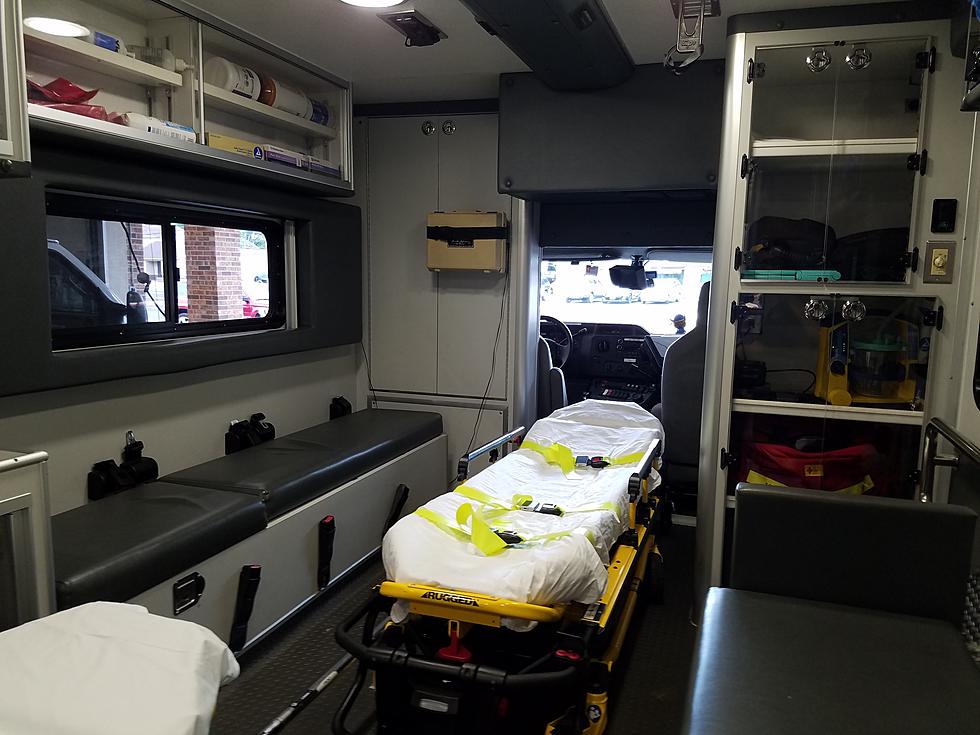
Knowing these simple but critical CPR steps could save lives in New Jersey beach towns this summer
In the wake of a moment, anything can happen, so it's important to know what to do in the event of an emergency situation because your actions can save a life.
Cherie Garrison, owner of Hands on CPR Training based in Toms River and has been teaching CPR since 1997, had one of those such moments just about a month ago at the Ocean County Library in Toms River.
She was a guest on Sunday on 'Shore Time with Vin and Dave' on 94.3 The Point and 105.7 The Hawk sharing that story and discussing the steps for you to learn how to perform CPR as well.
"On Saturday June 4, I offered two classes for the community that were free, the first one started at 10:00, the second one started at 11:30. The first class that we had was very well appointed, we had nine students, which was really nice, it was a lot of families like fathers, daughters, a mother and her two sons -- just people who wanted to learn the life-saving skills of CPR," Garrison said. "In between the classes, I was sitting in between the green room and security came up to me and said 'do you know CPR?' and I looked at him and I said 'yea' and he said 'there's somebody out cold upstairs', so I went upstairs and there were two staff that were on the phone with 9-1-1 and they were pretty upset. There was a gentleman who was out cold in a chair and we had to get him on the floor, so we got him on the floor, I checked for a pulse, there were no signs of life, I started chest compressions and I yelled for my co-worker who I hired to come and help me with the free CPR demos. So, we wound up doing CPR at the library on a gentleman who was resuscitated at the scene."
At the time, the man's color had turned pretty purple, Garrison said, and as she was giving him CPR, a short time later, an EMT and a volunteer firefighter arrived on the scene.
"The EMT had oxygen, I had a bag-mask that she was able to provide oxygen to the victim and once he started getting oxygen, his color changed really fast," Garrison said. "It was scary but it just goes to show this victim was resuscitated with CPR alone. Of course, EMS then did come and did respond but it really did save a life that day."
If you find yourself in this type of situation where someone is changing colors and perhaps requires CPR, you should follow a few steps to help them.
"Your first step is to always check the scene, you want to make sure that the scene is safe for you. As a first responder, you wouldn't go onto a scene that was unsafe for you. As soon as you determine that the scene is safe, you want to try and wake the victim up, you're going to tap his shoulders and shout 'Are You Okay?!' -- you're trying to elicit a response from the victim, so you're really trying to hit and shout, they call it tap and shout, 'Are You Okay?!'. Once we've established that the victim is unresponsive, of even if he is responsive and he's just not responding fully to you, you want to call 9-1-1," Garrison said. "When you're calling 9-1-1, if possible, you do want to use a land line as oppose to a cell phone, so, if it were to happen at like the library, you would want to call from their landline as opposed to a cell phone -- it's just a better indicator for dispatchers and 9-1-1."
After calling 9-1-1, you check for signs of life, like checking a pulse.
"If you're unsure of how to check for a pulse, you just want to scan for signs of life because, at this point, he's not responding to you and if he doesn't have signs of life, you want to act quickly and you want to start chest compressions for CPR," Garrison said.
Before starting chest compressions, you'll want to lay the person down flat on a hard flat surface, Garrison said, and a bed or couch doesn't work.
"You do want him laying on his back so that you're able to get next to him, your knees would be around his shoulders to his elbows so that you can find the area on his breastbone above where their heart is located," Garrison said. "Your heart is about the size of your fist, it's located in the center of your chest and we're using the nipple line as a guide, so, when we're doing our compressions, we're using the heel of our hands and we're going to compress at least two inches, which is about the depth of your thumb and what we're doing with our compressions is we're sandwiching the heart between the breastbone and the spine and with each compression, we're pumping that heart to create blood flow."
Then it's a specific amount of compressions you'll need to apply to help revive the victim.
"When we do CPR, we're compressing at a rate of at least 100 compressions per minute but no more than 120 compressions per minute," Garrison said. "You want to have enough time for the chest to completely recoil so the heart can return to a normal position and refill with blood."
You can listen to the full conversation myself and Dave Crossan had with Cherie Garrison with Hands on CPR Training, right here.
First Responders Appreciation
When Ocean and Monmouth County Police saved the day
How Firefighters training helped put out major fires
More From 105.7 The Hawk










